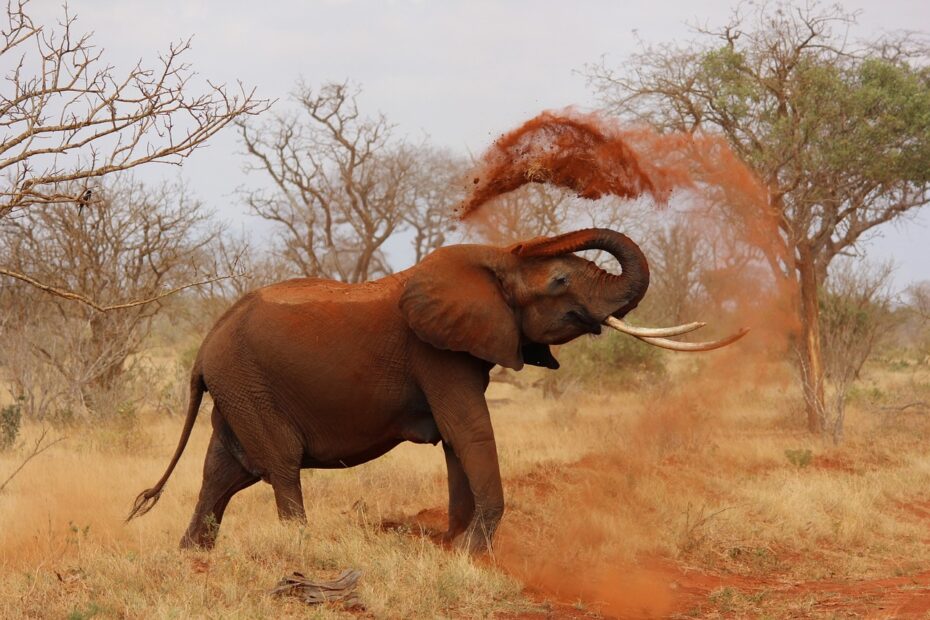Grasslands are vast and dynamic ecosystems that are home to a wide array of fascinating animals. From swift predators to majestic herbivores, the grasslands boast an incredible diversity of wildlife. In this article, we will explore the top 8 amazing grasslands animals that captivate our imagination and contribute to the intricate web of life in these habitats. From the speedy pronghorn antelope to the iconic African elephant, each animal has its own unique features, behaviors, and significance within the grassland ecosystem.
You may also want to read about the top 10 amazing animals of the Savanna.
Top 8 Amazing Grasslands Animals:
8. Pronghorn Antelope
The pronghorn antelope is a true marvel of the grasslands. With their sleek bodies and powerful legs, they are renowned as the fastest land animals in North America. Their remarkable speed allows them to outpace predators and cover long distances with incredible agility. Their adaptation to grassland environments includes keen eyesight and the ability to digest tough vegetation.
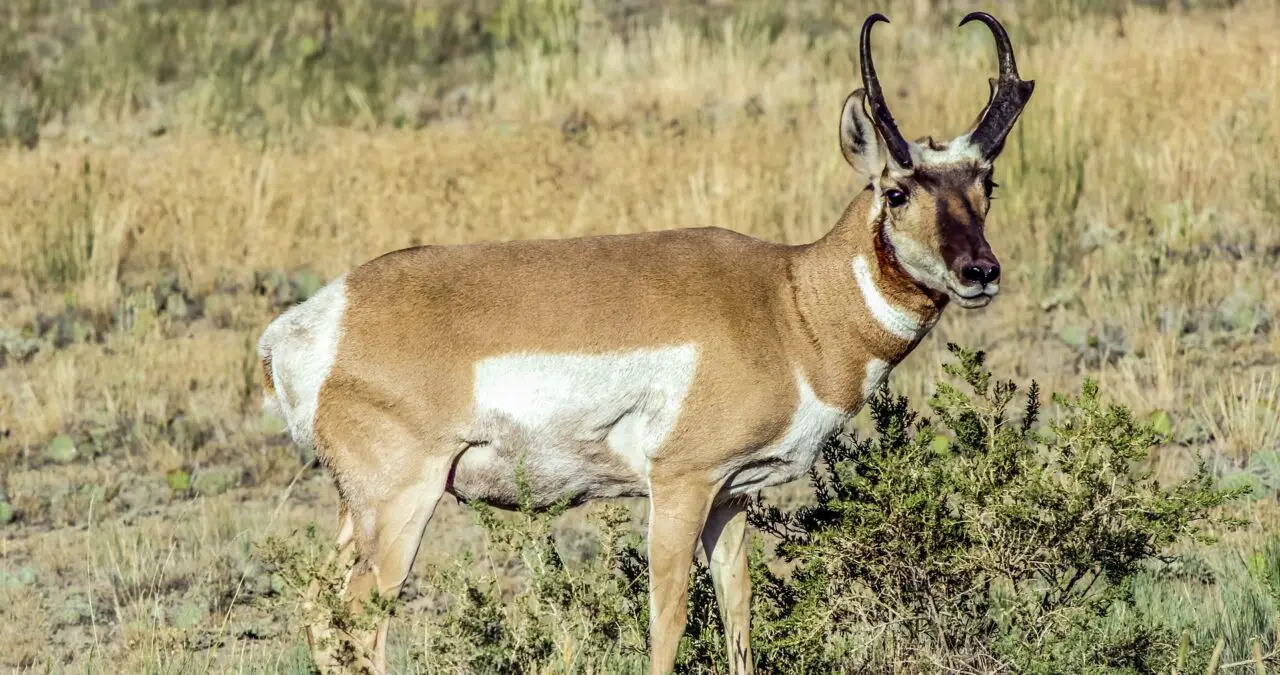
7. Zebras
Zebras are among the most recognizable grassland animals, known for their striking black-and-white striped coats. These social animals form tight-knit groups and rely on their collective strength to fend off predators. Zebras play a vital role in the grassland ecosystem as they graze on grasses, helping to control vegetation growth and maintaining the balance of the ecosystem.
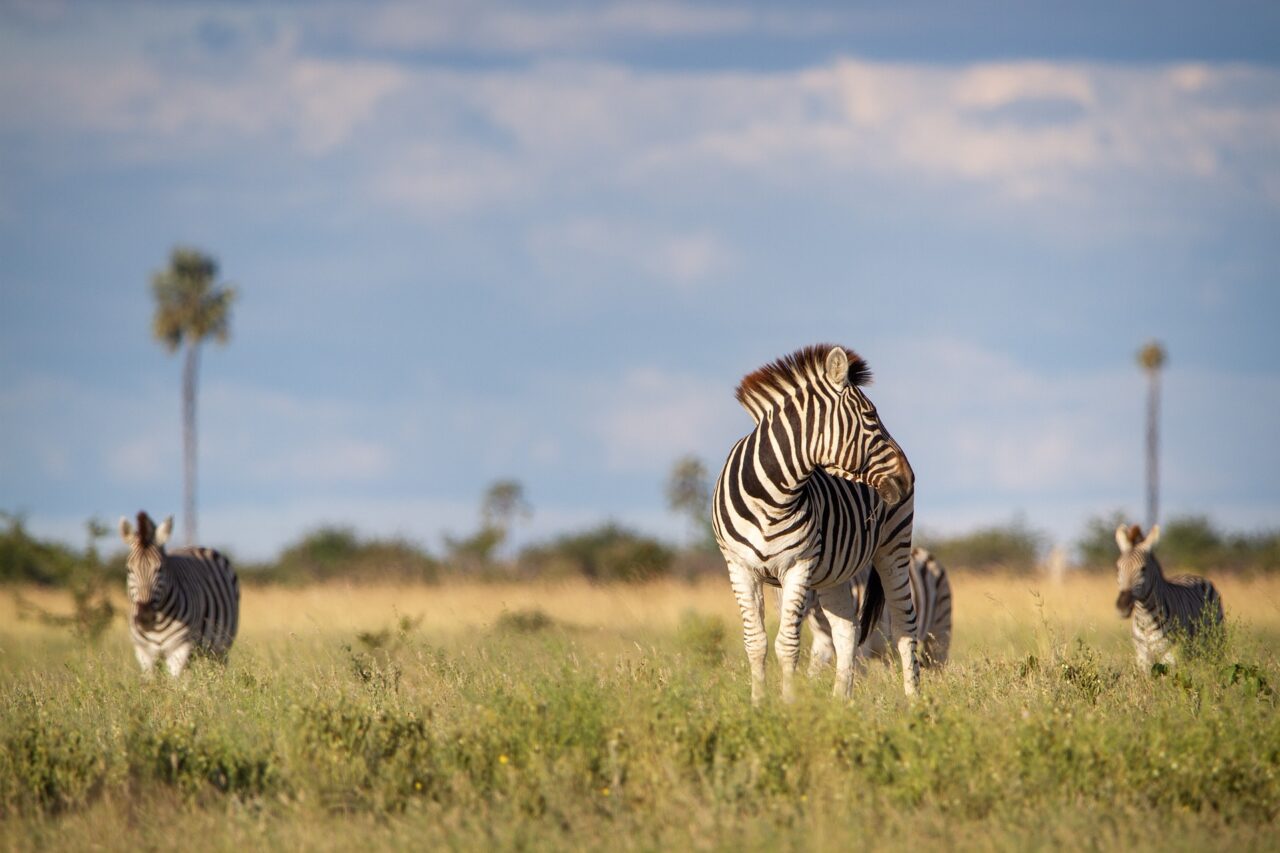
6. Prezwalski’s Horses
Prezwalski’s horses, also known as Takhi, are a critically endangered species that once roamed the grasslands of Central Asia. They are the last surviving wild horse species in the world. These horses have adapted to the harsh grassland environment and can withstand extreme temperatures and scarce water sources. Efforts are being made to reintroduce them into protected areas and ensure their survival.
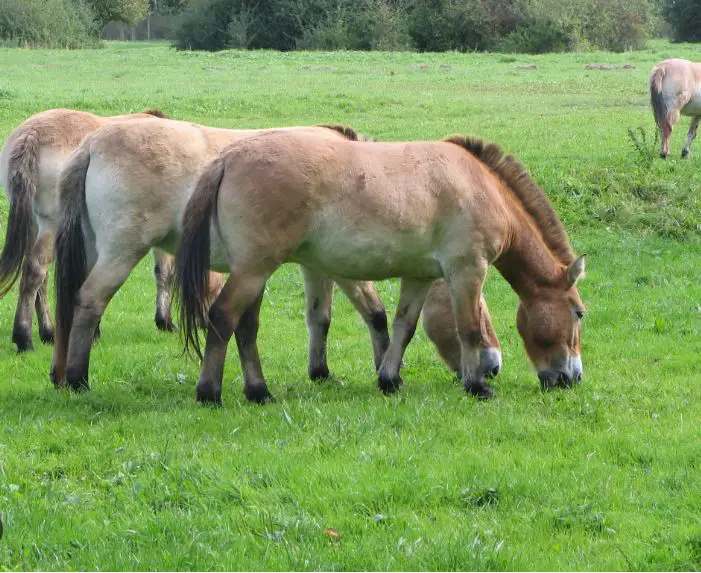
5. Swift Foxes
Swift foxes are small carnivores found in the grasslands of North America. They are known for their incredible agility and speed, enabling them to chase down their prey with remarkable efficiency. These foxes have adapted to the grassland habitat, using their keen senses to detect small mammals and insects that make up their diet. Their presence is essential for maintaining a balanced ecosystem.
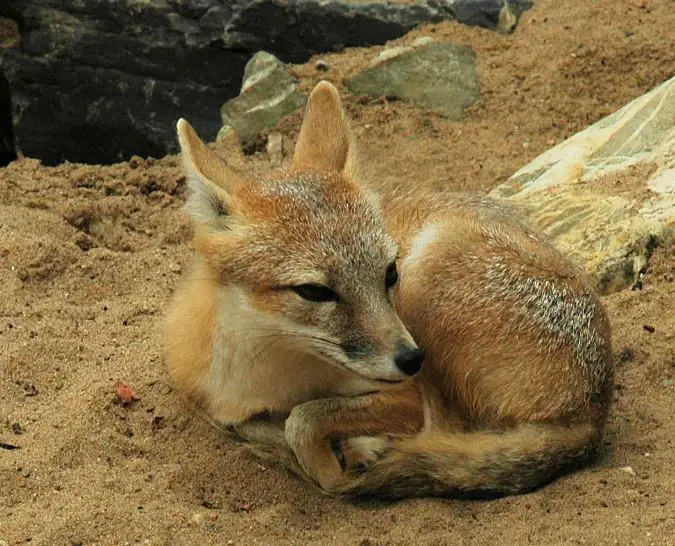
4. Emus
Emus are large, flightless birds that inhabit the grasslands of Australia. With their long necks and powerful legs, they are capable runners and adept at foraging for food in the grassy plains. Emus play a crucial role in dispersing seeds across the grasslands, contributing to plant diversity. Their unique appearance and intriguing behavior make them a fascinating part of the grassland ecosystem.
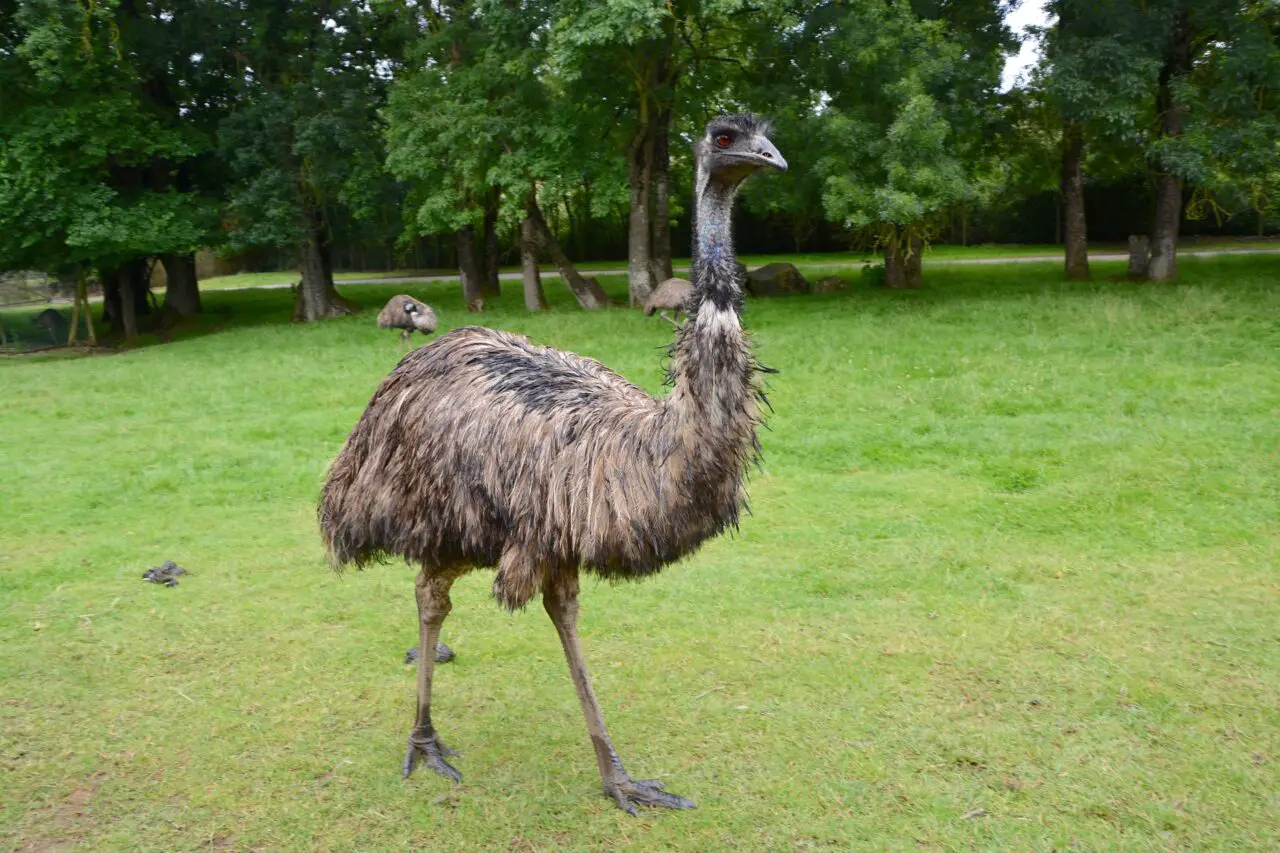
3. American Bison
The American bison, also known as buffalo, is an iconic symbol of the grasslands. These majestic animals once roamed in vast herds across the North American prairies. They are massive herbivores and graze on the grasses, shaping the landscape and promoting new growth. Bison conservation efforts have been successful in restoring their populations and protecting their critical grassland habitats.
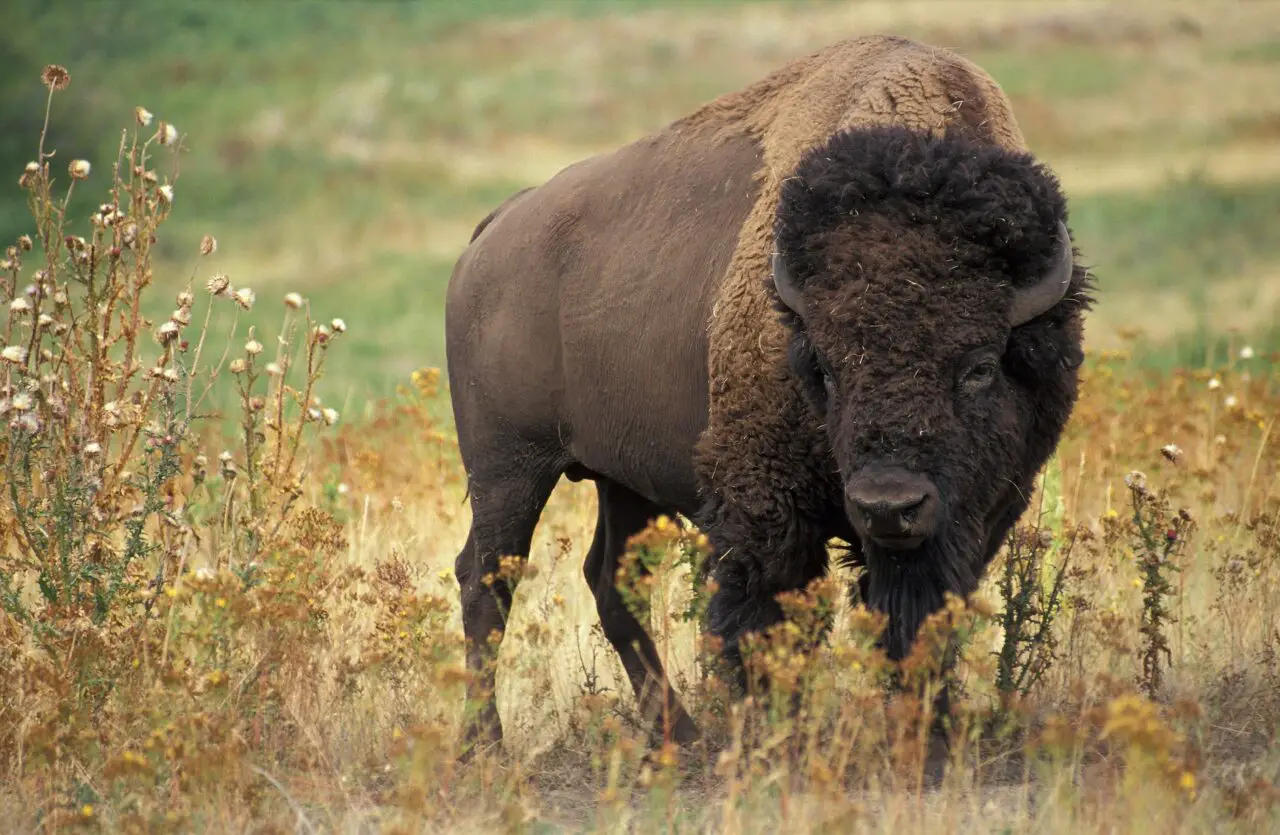
2. Greater One-Horned Rhinoceros
The greater one-horned rhinoceros is a charismatic and endangered species found in the grasslands of Asia. Their single horn and armor-like skin make them instantly recognizable. These solitary giants play a vital role in the grassland ecosystem as they graze on vegetation, creating open spaces for other species to thrive. However, they face significant threats from poaching and habitat loss.
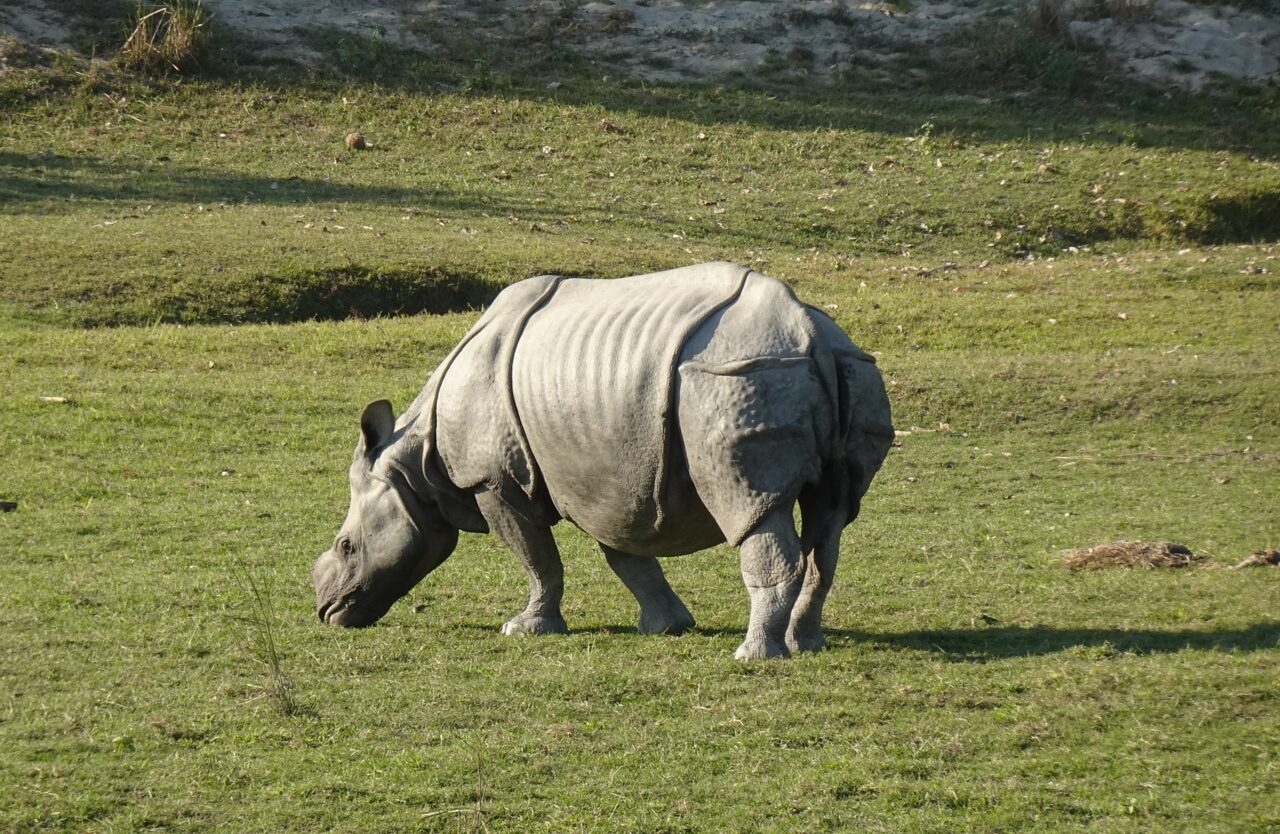
1. African Elephant
The African elephant, the largest land animal on Earth, is a true icon of the grassland savannas. These intelligent and social creatures shape their environment through their feeding habits and interactions with other species. Elephants create pathways through dense grasses, helping to maintain biodiversity and providing water sources for other animals during the dry season. The conservation of African elephants is essential for preserving the integrity of the grassland ecosystem.
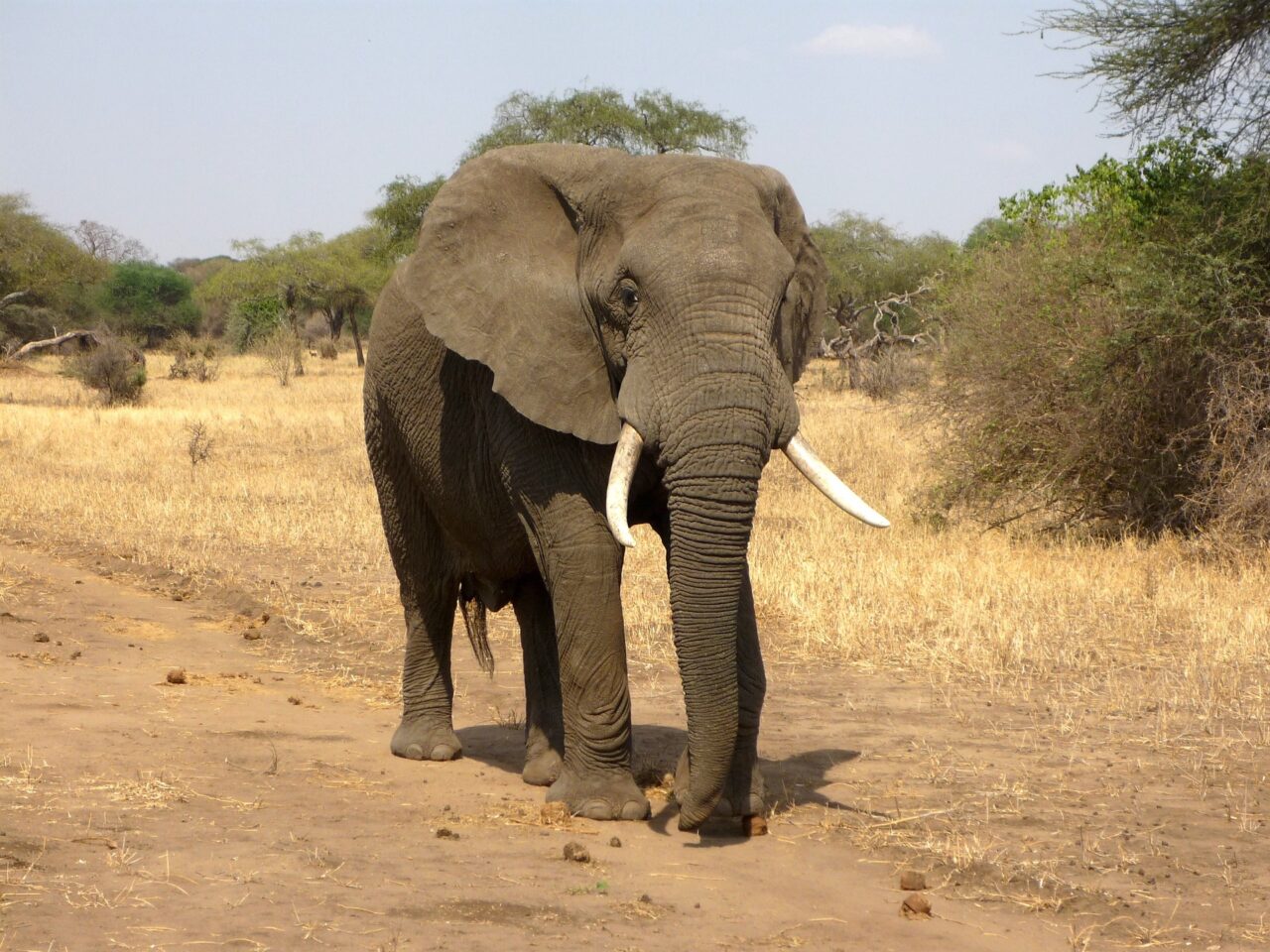
Conclusion
The grasslands are home to a remarkable array of animals, each playing a unique role in the delicate balance of this ecosystem. From the swift pronghorn antelope to the powerful African elephant, these animals captivate us with their adaptability, beauty, and importance in maintaining the health of the grasslands. It is our responsibility to protect these habitats and ensure the survival of these incredible creatures for future generations to appreciate and cherish.
FAQs
- Are pronghorn antelope faster than cheetahs? No, cheetahs hold the title for the fastest land animals, capable of reaching speeds of up to 60 miles per hour. However, pronghorn antelope are incredibly fast runners and can sustain speeds of around 55 miles per hour for longer distances.
- Do zebras have the same stripe patterns? Each zebra has a unique stripe pattern, similar to human fingerprints. The stripe patterns can vary in thickness, direction, and arrangement, making each zebra distinct and easily identifiable.
- How many Prezwalski’s horses are left in the wild? As of now, there are approximately 2,000 Prezwalski’s horses left in the wild. Due to habitat loss, hunting, and competition with domestic livestock, their numbers drastically declined in the past. However, conservation efforts and captive breeding programs have been successful in reintroducing these horses into protected areas, aiming to restore their populations and ensure their survival.
- Can swift foxes climb trees? No, swift foxes are not known for their climbing abilities. They are primarily ground-dwelling animals, well adapted to the grassland habitat. They rely on their speed and agility to hunt for prey on the ground rather than climbing trees.
- What is the average lifespan of an African elephant? African elephants have an average lifespan of around 60 to 70 years in the wild. However, some individuals have been known to live beyond 70 years. The lifespan can vary depending on factors such as habitat quality, availability of resources, and threats faced from poaching and human activities.
